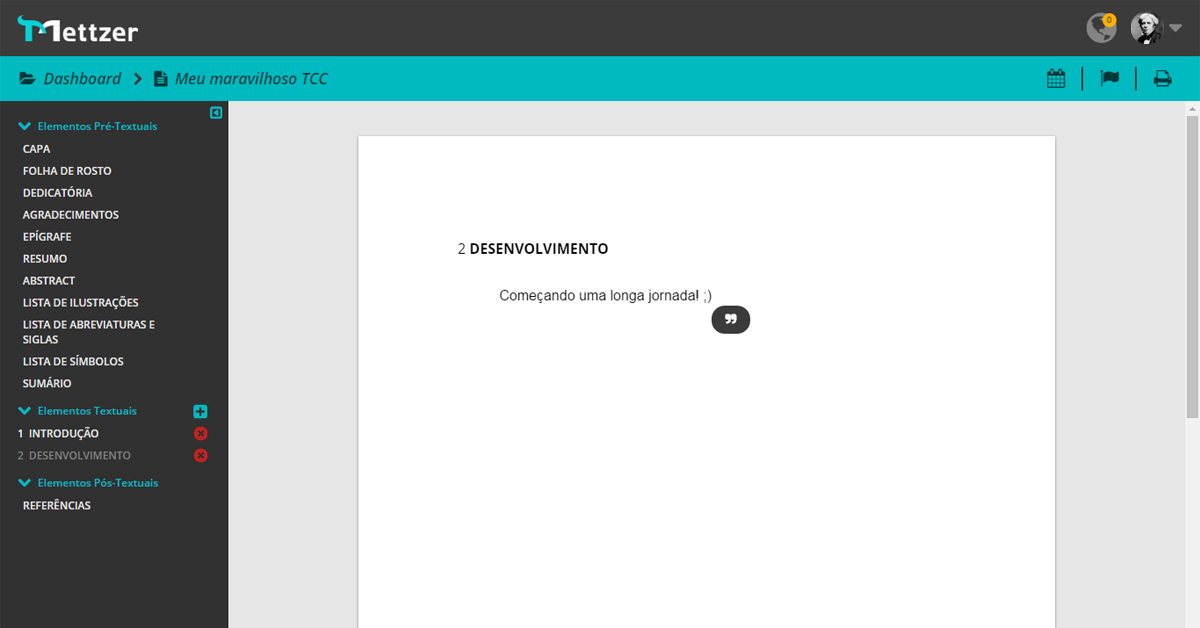ADVERTS
Learn how to format the TCC using ABNT standards
One of the most difficult things for those who are going to do a TCC is to format the entire work in accordance with ABNT standards, they are letters, letter size, margins and many other things that must be followed so that your TCC is in accordance with the standards and you can deliver your Course Completion Work or Academic work in accordance with the standards defined by the Brazilian Association of Technical Standards.
Thinking about all this difficulty that we all have in understanding how to do the TCC correctly following the ABNT standards, we will give you tips on formatting the TCC according to the ABNT standards, just continue reading this article to learn.
ADVERTS
What is ABNT?
First of all, let's find out what ABNT is. ABNT is the acronym for “Brazilian Association of Technical Standards”, a private, non-profit body that aims to standardize production techniques made in the country.
ABNT is responsible for developing the Brazilian Standards for the production of academic texts and scientific texts, the ABNT NBR standards are used as standards for the production of tests, academic dissertations and even Course Completion Work (TCC).
Formatting my TCC according to ABNT standards
To format your TCC with information for preparing theses, dissertations, course completion works, you will use NBR 14724:2011.
ADVERTS
Discover the Mettzer tool for formatting following ABNT standards (click on the image below to go to the tool)

Text
- Arial or Times Nor Roman font
- Font Size: 12
- Line spacing 1.5
- Indentation from the beginning of the paragraph 1.25cm
- Font Size in texts with long direct quotations, footnotes, references in the numerical system, nature of the work, illustration titles, illustration sources and illustration content such as graphs and tables: 10
Page Margins
- Left margin: 3 cm
- Right margin: 2 cm
- Top margin: 3 cm
- Bottom margin: 2 cm
Page format
A4
Summary
1 INTRODUCTION ………………………………………………………………… 01
1.1 PRESENTATION OF THE TOPIC AND PROBLEM ……………………… 02
1.2 JUSTIFICATION ………………………………………………………………………………….. 03
1.3 OBJECTIVES …………………………………………………………………………………. 04
2 DEVELOPMENT ……………………………………………………… 05
2.1 SECONDARY TITLE …………………………………………………… 06
2.2 NEW SECONDARY TITLE ……………………………………………. 07
2.2.1 New tertiary title ………………………………………………… 08
2.2.1.1 New quaternary title …………………………………………… 09
2.2.1.1.1 New quinary title ……………………………………………..10
3 CONCLUSION ………………………………………………………………………. 11
REFERENCES ………………………………………………………………………. 12
Pre-textual elements
The Pre-textual elements placed here are only the mandatory elements within a TCC
- Cover
- Title Page
- Approval form
- Summary
- Abstract
- summary
Textual Elements
The textual elements that are here are only the mandatory elements within the TCC
- Introduction
- Development
- Conclusion or final considerations
Posttextual Elements
The post-textual elements that are here are only the mandatory elements within the TCC
